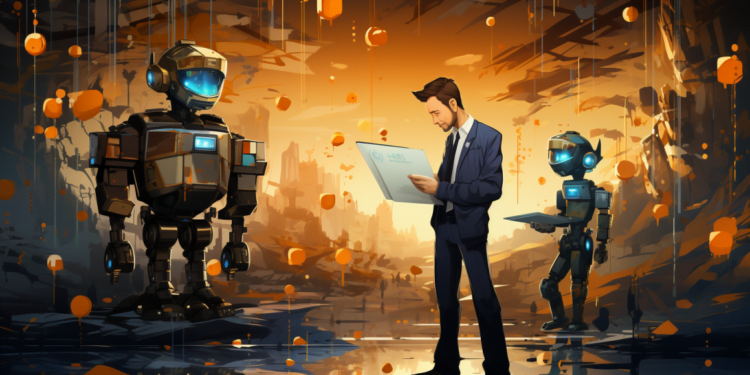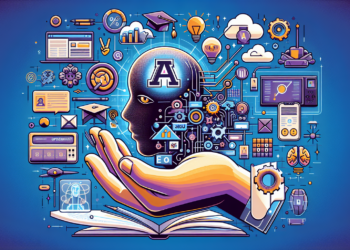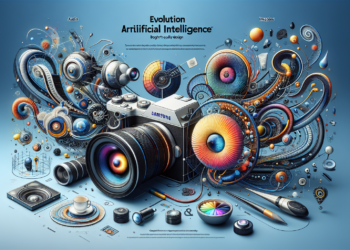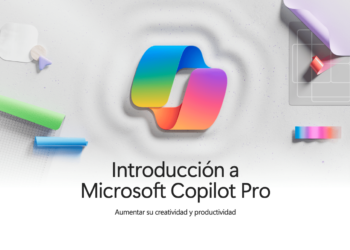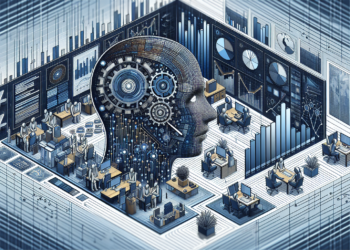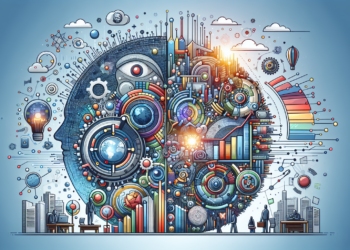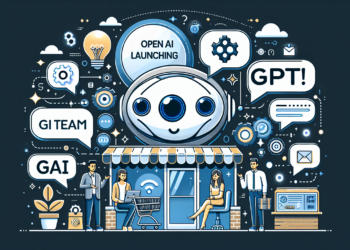Recently, OpenAI has published an article that marks a milestone in the field of artificial intelligence (AI): “Weak to Strong Generalization”. This paper tackles a critical challenge in aligning superhuman AI systems: How can humans, as weaker overseers, effectively direct AI models that are far more advanced than themselves?
The Challenge of Supervision in AI The article identifies a core problem in aligning general artificial intelligence (AGI): future AI systems will be so complex and creative that direct human supervision becomes unreliable. Superhuman models, capable of extremely advanced behaviors, pose the question: How can human supervisors, relatively weaker, trust and control substantially stronger models?
New Research Direction: From Weak to Strong To address this challenge, OpenAI proposes an innovative approach: using smaller, less capable models to supervise larger, more capable ones. This approach allows for the empirical study of how a GPT-2 level model can oversee and assess nearly all the capabilities of a GPT-4 model, achieving performance close to the level of GPT-3.5, even on problems where the smaller model failed.
Results and Experimental Methods OpenAI’s team has demonstrated that this method can significantly improve generalization across multiple settings. They used a GPT-2 level model to fine-tune GPT-4 on natural language processing (NLP) tasks, resulting in the model performing between the levels of GPT-3 and GPT-3.5, with considerably weaker supervision.
Implications and Future of Research Despite its current limitations, this approach opens up new possibilities for improving weak to strong generalization and suggests that naive human supervision might not be enough for superhuman models without additional work. However, the results indicate that it is feasible to substantially improve this generalization. The OpenAI team emphasizes that while there are significant differences between their current experimental setup and the ultimate problem of aligning superhuman models, their approach captures some of the key difficulties, allowing for empirical advances today.
Conclusion OpenAI’s article “Weak to Strong Generalization” not only highlights a critical problem in the alignment of future superhuman AI systems but also offers a promising avenue to address this challenge. As we move towards the creation of more advanced and autonomous AI, the ability to effectively supervise these systems becomes an increasingly vital concern. With research like this, we are taking steps towards a future where AI systems are not only powerful but also safe and aligned with human objectives and values.

